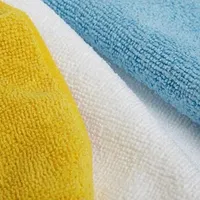How to prevent your stovetop from scratching — 7 things you should always do
Here’s how you can prevent scratches and marks on your glass stovetop
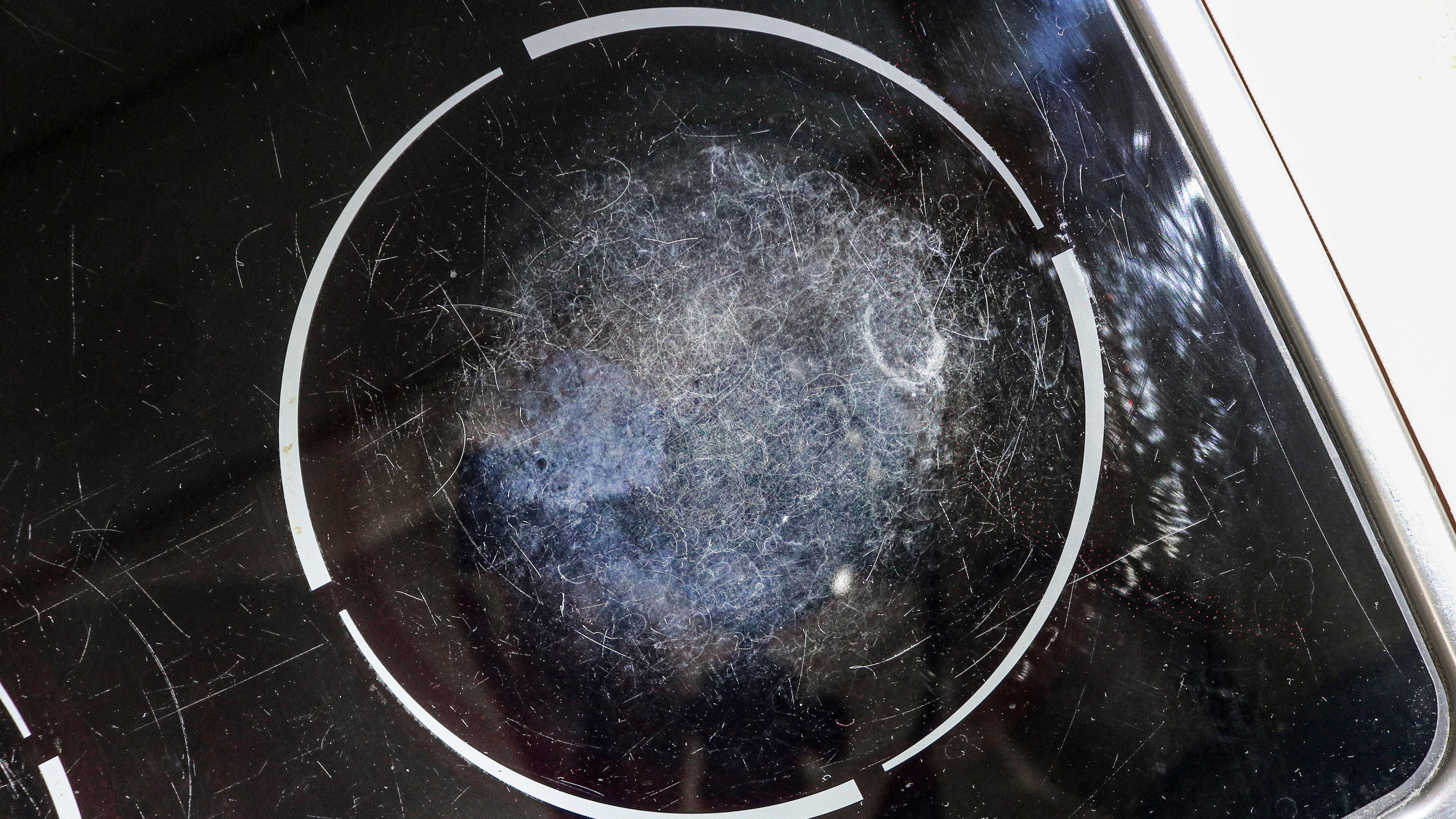
After having a new stovetop installed you probably start off with good intentions to keep it sparkling and pristine. But the reality is that stovetops come in for regular use and soon start to look shabby unless you take great care of it every time you use it. Before long, spills can burn onto the surface and scratches can mount up in the burner rings.
To keep your stovetop looking like new you need to know more than how to clean a glass stove to avoid this problem. But, with some know-how you can learn how to prevent scratches and marks from occurring in the future. Here, we take you through the tips and tricks to keep your glass stove looking in top condition.
Stuck between stove types? Check out induction vs. electric cooktops: Which type is better for you?
1. Don’t scrape your pans across the surface
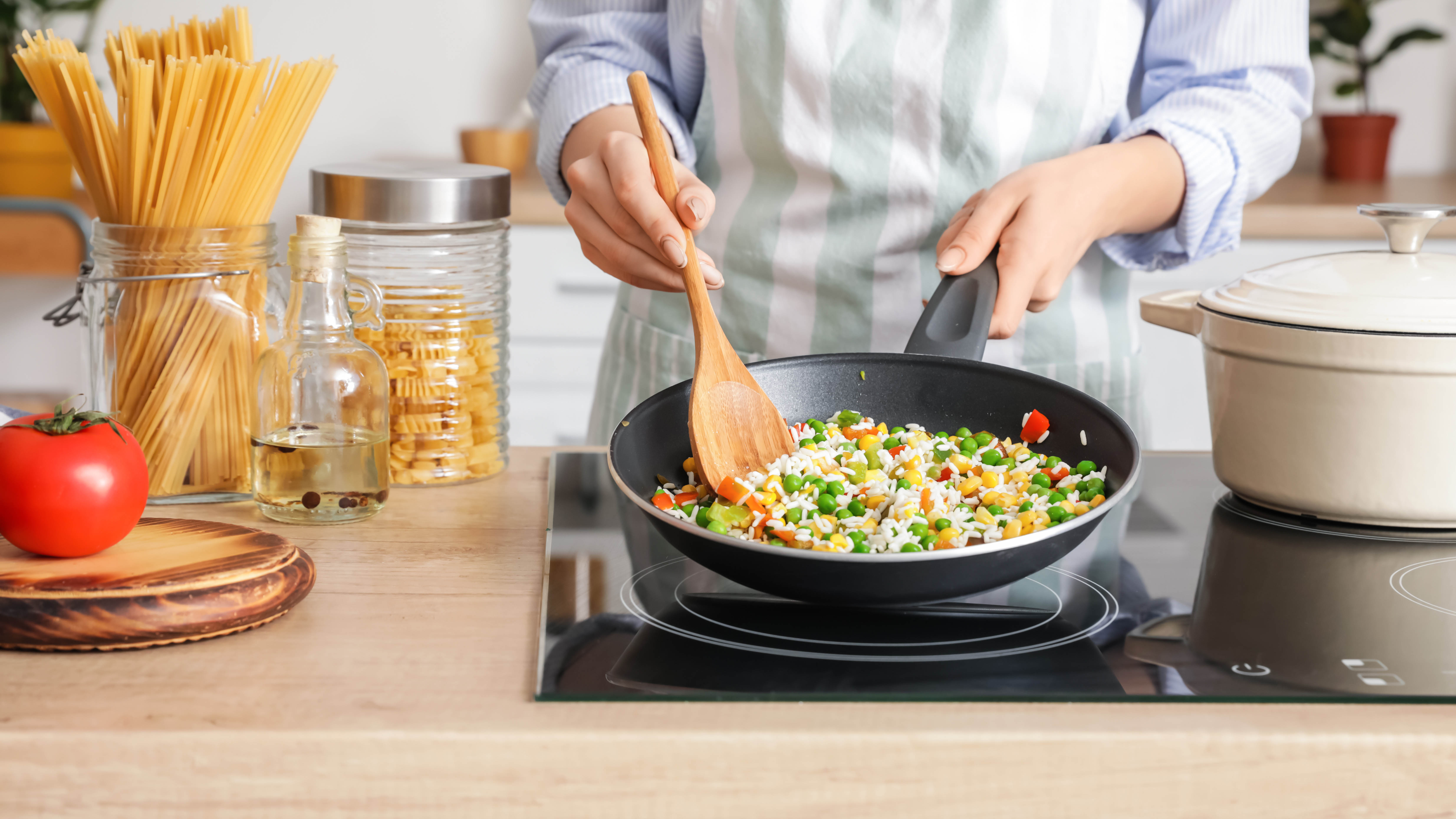
First of all, don’t drag your pans across the glass surface as you cook — always lift them away. Most of us are guilty of forgetting this cardinal rule when we shake and mix our ingredients — that’s what causes zig-zag scratches on your burners, and it's why most of them are pointed in the same direction.
Even if you’re using a lightweight pan, the base can scratch and pit the surface as it drags, so don’t do it. Make sure you’re gently lowering your pans onto the stove as well; smashing them down can scuff or even crack the glass.
2. Choose the right cookware
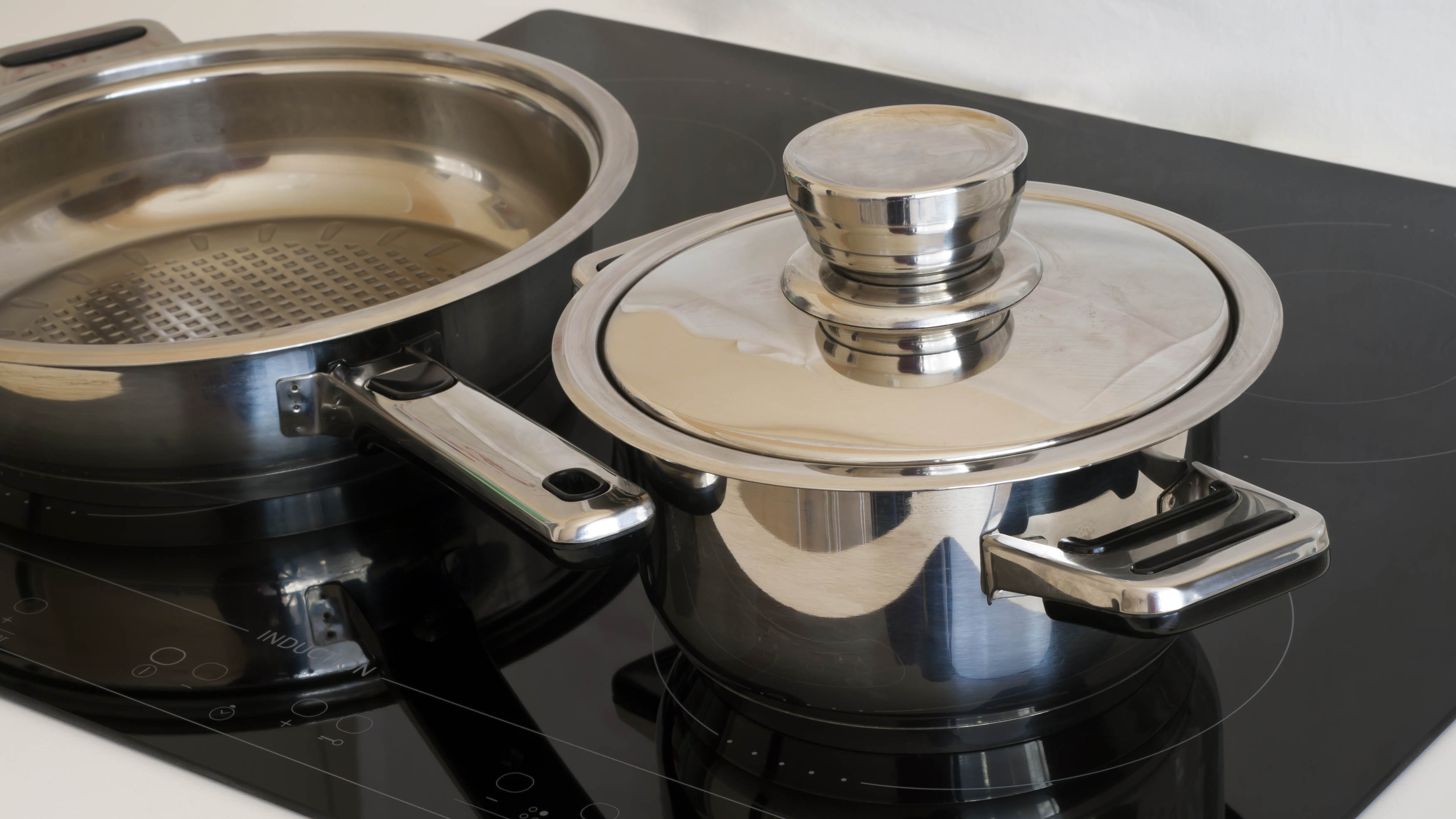
Following on from using your cookware correctly, make sure you’re choosing the best cookware for your stove. This refers to the material of the base of the pan, which ideally you want to be stainless steel.
Stainless steel is best used on glass stove tops because of its smooth surface, plus it has enough weight to keep it stable during cooking. This is not to say you will be free from stove top scratches should you switch to stainless steel, but it will generally be kinder to the surface in use.
Get instant access to breaking news, the hottest reviews, great deals and helpful tips.
3. Clean the bottom of your pans
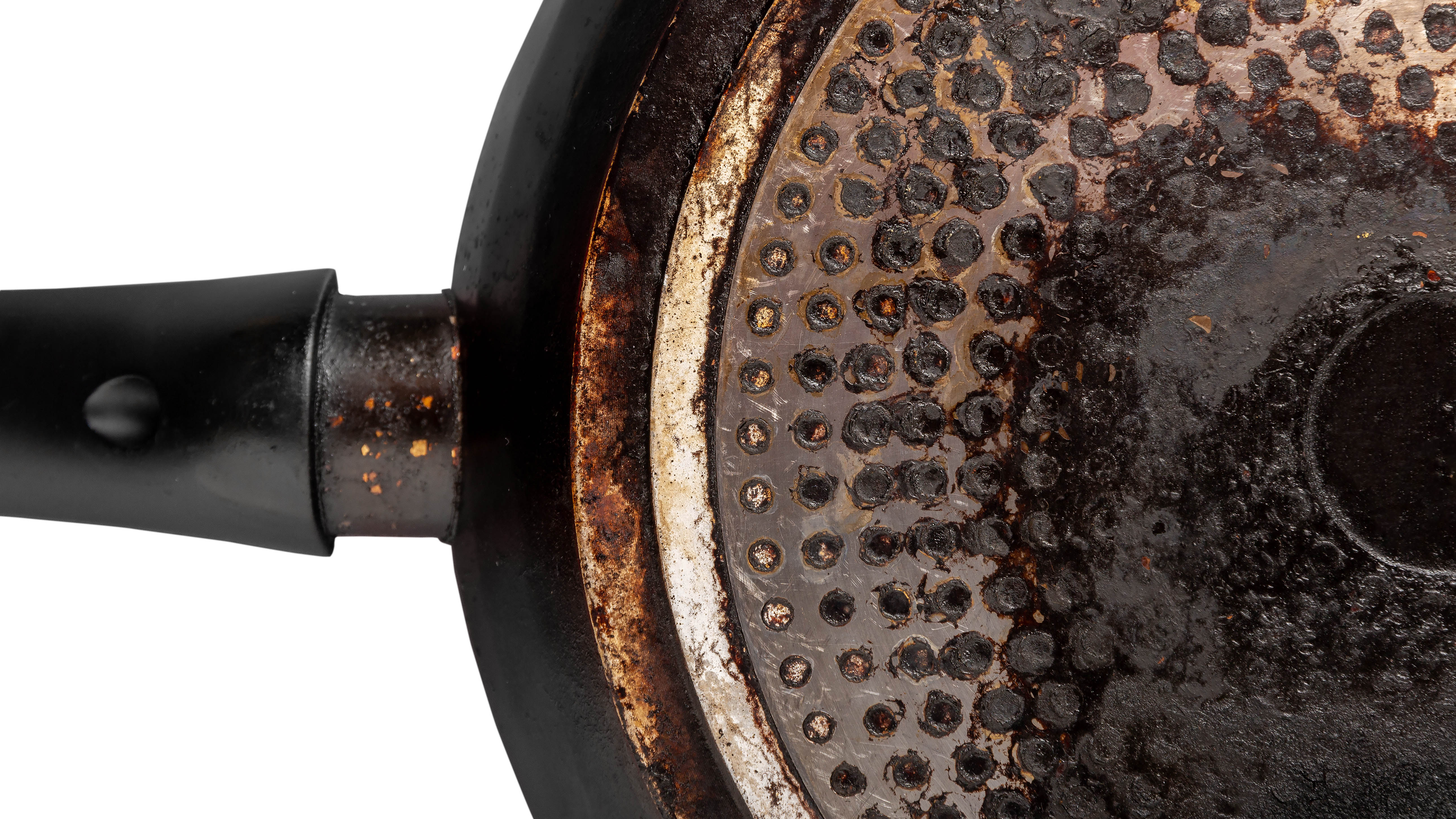
When we clean our pans, we often don’t give as much attention to the bottom as we should. Firstly, because the stains on the underside tend to be baked on and very difficult to clean. Secondly, because we figure our food’s not touching it, so does it really matter? Actually it does.
If your pan has stains and residue baked onto its base, it will be much easier for it to scratch and damage the glass surface of the stove. In extreme circumstances, it will also prevent your pan from distributing the heat evenly as it cooks, not to mention it can cause unpleasant smells as it heats.
To clean the base of a pan, simply mix a paste of baking soda with water and apply across the surface. Let it sit for 20 minutes, then scrub it away using a non-abrasive sponge or an old toothbrush. See our guide on how to clean a burnt pot if the rest of your pan has seen better days.
4. Clean the stove top regularly
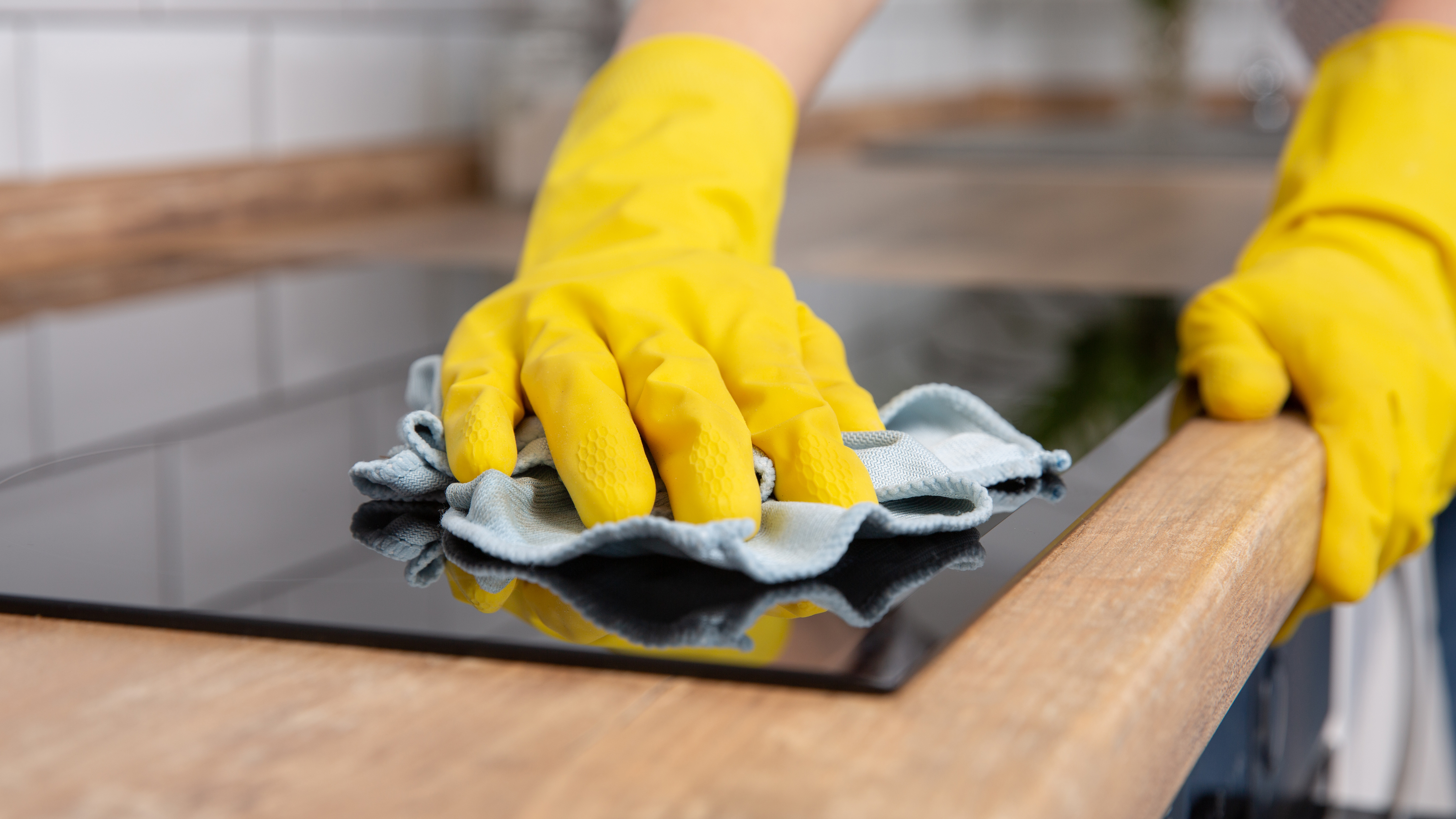
Get into the habit of cleaning your stove top after each use once it’s cooled down. Wiping down the surface quickly will remove any spills or crumbs which could potentially bake-on or catch under your pans to cause more scratches.
Remember to deep-clean your stove top when necessary as well. You should do this once a month for general guidance, but if you notice burn marks appearing around the elements, that means it’s time for a clean. Keeping your stove top in a clean condition will help it last longer, but be sure to only clean it once it’s cooled down.
Amazon Basics Microfiber Cleaning Cloths, 24 pack: $9 @ Amazon
These microfiber cleaning cloths are non-abrasive, ensuring they won't scratch the surfaces they clean. They can be used dry or with liquid cleaners for a streak-free, lint-free shine. Measuring 16 x 12 inch, they are machine washable and can be reused hundreds of times.
5. Invest in a cover

Stove top covers exist which you can use to protect the surface when it’s not in use. These are handy if you’re particularly restricted for countertop space as well, because the top of the stove can then act as additional space. An example of this is the Larsic Stove Cover ($34,Amazon).
If you own an induction glass stove, mats also exist which are safe to cook directly on, such as the Lazy K Induction Cooktop Mat ($21, Amazon). These mats will reduce scratching as well as the heat exposure from the pan to the glass surface, which will help the stove last longer. Bear in mind that these mats should not be used on a standard electric glass cooktop however — these surfaces grow much hotter compared to induction, which will burn most mats. Check the manufacturer for guidance.
6. Be careful with cast iron

Cast iron deserves a special mention because while it is an amazing material for cooking, it is extremely heavy and can do some serious damage to glass stove tops. Take extreme care whenever placing your cast iron cookware on the surface and be sure not to drag it over the glass — the weight will increase the chances of deep scratches.
Looking for a new addition to your cookware? Check out our best cast iron skillets.
7. Never use abrasive cleaning techniques
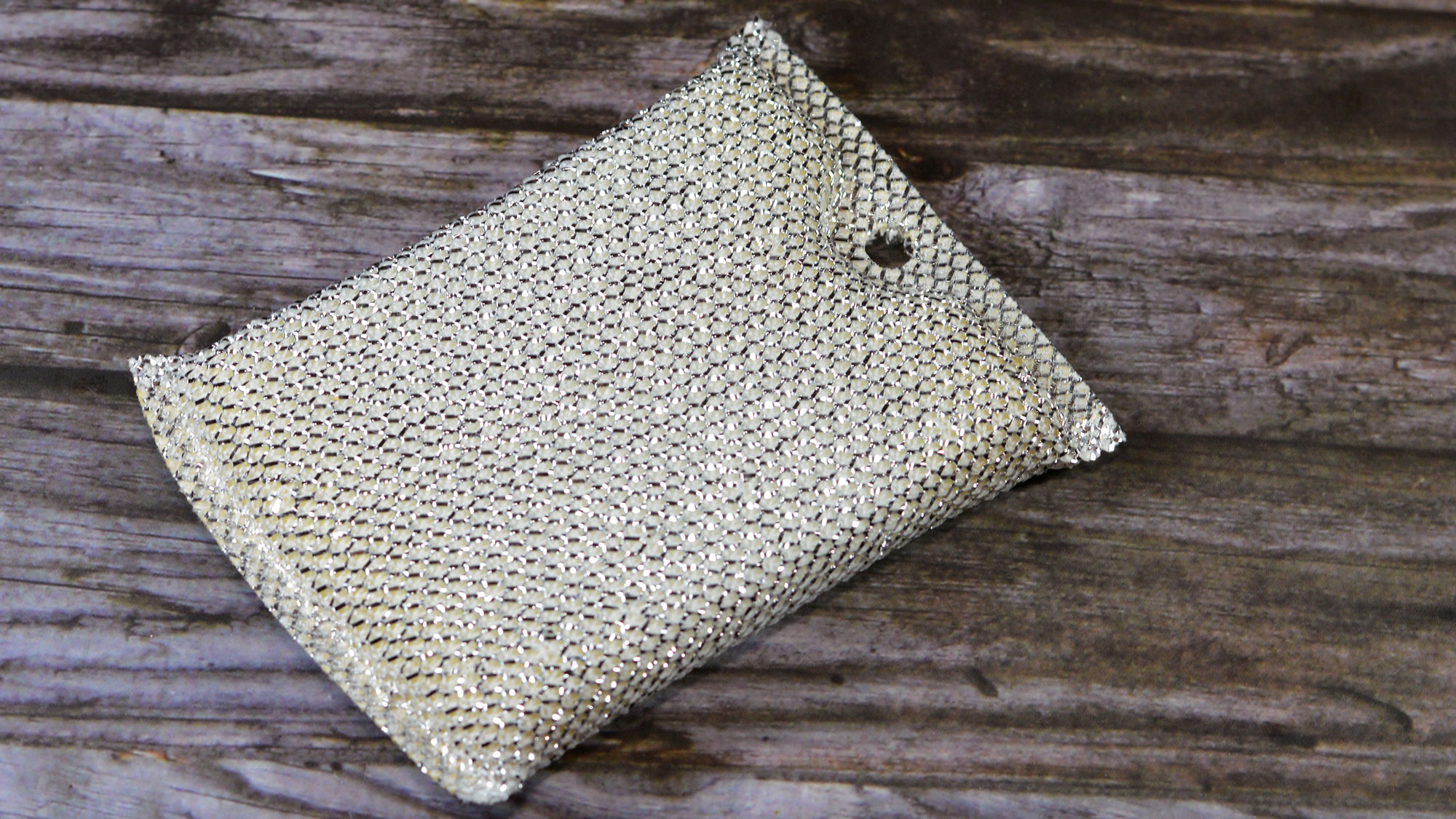
Abrasive cleaners or scouring pads, including steel wool and scrubby sponges should never be used to clean glass stoves. They are too harsh and may permanently damage the surface, leaving behind scratches that can't be removed. The scratches are also likely to hold debris, which will be difficult to clean.
What to do if your glass stove is scratched?
Your glass stove top should still function properly with light everyday scratches, although if it’s chipped or cracked you should stop using it and replace it.
If you want to lessen the appearance of the scratches, try cleaning the surface thoroughly as recommended by the manufacturer, or follow our guidance on how to clean a glass stove if none is given. A lot of marks actually turn out to be burnt residue, and a scraper tool can make a huge difference.
What pans will not scratch a glass stove top?
The sad truth is that all types of pans are capable of scratching your glass stove. You can, however, deter scratches by opting for a design with a smooth base, such as stainless steel. Enameled or ceramic pans also feature a particularly smooth finish, which helps prevent scratches. How you use the pan is just as important though. Never drag it across the surface — just lift and gently settle. And make sure you clean the underside regularly to prevent residue from burning to the base and scratching your cooktop in the future.
You should also consider the weight of your cookware as well. A heavy item like a larger wok, or one of the best cast iron skillets, can scratch more easily because of the added weight. These can also crack the surface when not handled properly, so take care.
For more cooking tips, tricks, and how-tos, check out our guides on the best electric ranges, how to clean cast iron stove grates and 15 things you should never put in a washing machine.

Katie Mortram used to be a Homes Editor for Tom's Guide, where she oversaw everything from kitchen appliances to gardening tools, as well as smart home tech. Specializing in providing expert advice for cleaning and home manintenance, she now works as Household Advice Editor for Good Housekeeping.
